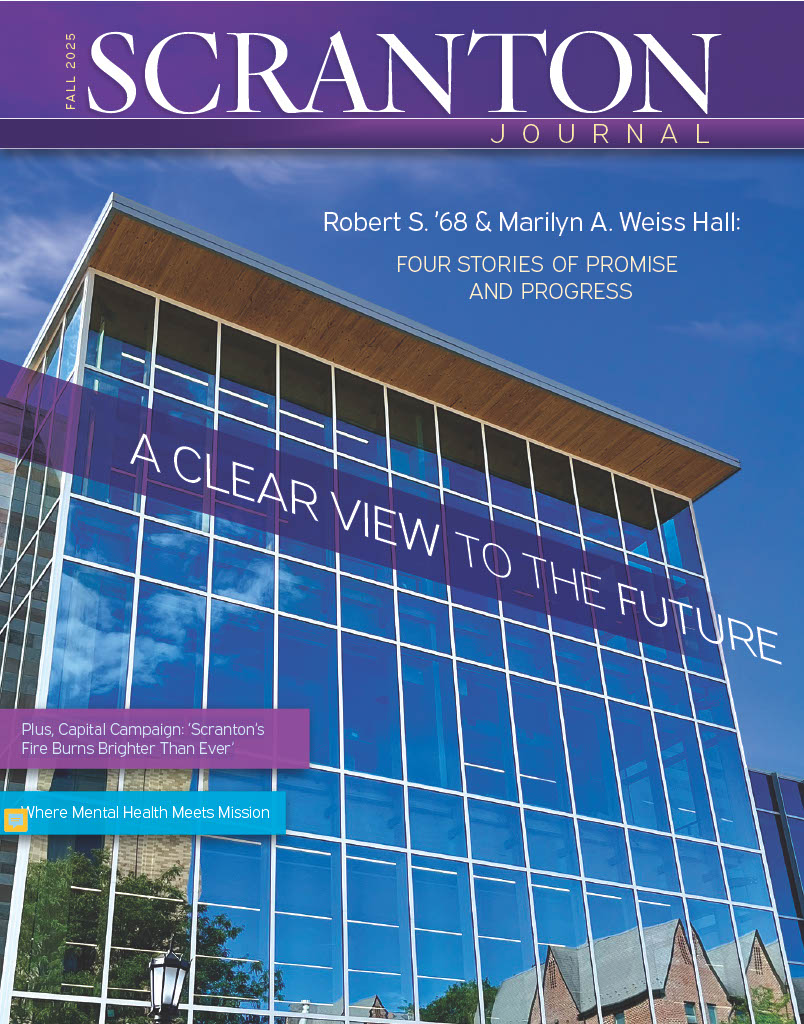A Reason to ‘Like’ Social Media
Three days after Sandy hit her Staten Island, N.Y., community – sparing her home – Debra Sorrentino Zito ’92 filled her Chevy Tahoe with anything she could pull off the shelves: blankets, canned goods, clothing and jackets. “I packed as much stuff as I could fit,” she says. What she encountered driving around that day has stayed with her since: houses missing or barely resembling buildings at all; cars on top of other cars; people living without heat and electricity; and very little organization.
On street corners, makeshift drop-off locations sprouted up, collecting everything and anything. “They looked like mini flea markets,” Zito says. While the donations piled up, she soon learned the issue wasn’t quantity, it was distribution. “People affected by the storm didn’t have cars, and they couldn’t get around, so I went out every day to these drop-off locations and loaded up my car,” she says.
After making as many peanut butter and jelly sandwiches as she could – on occasion substituting sandwiches with macaroni and broccoli – Zito drove around the downtrodden neighborhoods, handing out goods, often going door to door.
“I didn’t know these people from Adam, and they would tell me their whole story,” she recalls. “I think it was therapeutic for them to see a friendly face – even if it was an unfamiliar face – that had hot chocolate, coffee or peanut butter and jelly sandwiches. It cheered them up.”
Often she would be mistaken for the American Red Cross. “I wasn’t from an organization, it was something that I felt I had to do,” she explains.
When she wasn’t going door to door, Zito took advantage of Facebook to both connect with those in need and gather supplies. “It was a great way to share what was needed here, and what the situation was,” she says. “Facebook was almost mandatory to get the word out.”
One person who saw Zito’s pleas was former classmate Angela DePetris Lewis ’92.
In Morris Plains, N.J., about an hour west of Staten Island, Lewis lost power and a few tree branches, but nothing significant. She was one of the lucky ones, she figures. “When I saw the rest of the town, I had sort of survivor’s guilt, feeling so fortunate, and I wanted to know what I could do,” Lewis says.
From that moment forward, Lewis and friends collected hot meals, cleaning supplies, toys and clothes, utilizing Facebook posts to spearhead five different collection efforts. It was on social media where she saw Zito’s efforts and decided to help, making two donation trips to Staten Island. Lewis says she couldn’t believe the destruction once she arrived. “Houses were gone or in shambles, and that went on for blocks and blocks and blocks,” she explains.
Lewis also made trips – with Mary Fahey Dorrer ’93 – to Brick, N.J., and Bay Head, N.J., but she said Staten Island’s destruction stood out.
“I think the whole social media thing was so instrumental with recovery efforts,” Lewis says. “I didn’t need to call 20 people. I could just post what we needed, and the response I received was wonderful. People wanted to know how to help.”





